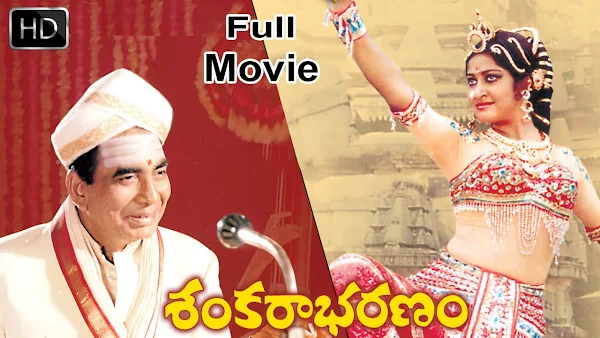Part 1
Part 2
Sankarabharanam is a 1980 Indian Telugu-language musical drama film written and directed by K. Viswanath. Produced by Edida Nageswara Rao under the production company Poornodaya Movie Creations, Sankarabharanam starred J. V. Somayajulu, Manju Bhargavi, Chandra Mohan, and Rajyalakshmi. The soundtrack was composed by K. V. Mahadevan and remained a chartbuster. The film throws light on the chasm between Classical and Western Music based on the perspective of people from two different generations.
Part 3
Part 4
Released on 2 February 1980, the film was released in only a very few theatres and opened to almost empty halls. However, in a week through positive reviews and word of mouth theatres were packed. The film had 216-day run at Royal theatre, Hyderabad. The film was dubbed into Malayalam and released in New Theatre, Thiruvananthapuram and Kavitha Theatre, Ernakulam on 12 September 1980, where it ran successfully for over 200 days. It is considered a cult classic in Telugu cinema especially due to the use of carnatic music that is more true to the classical form than for film.





